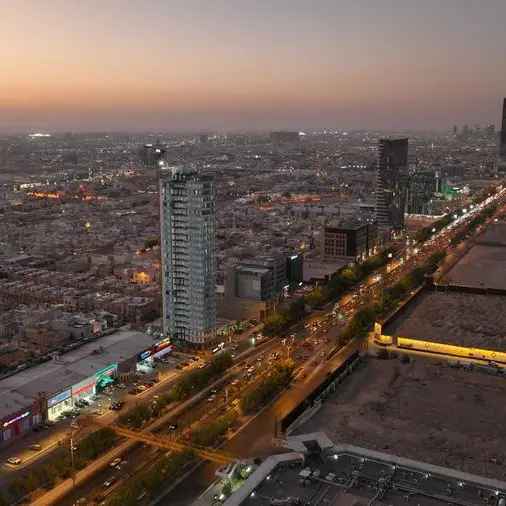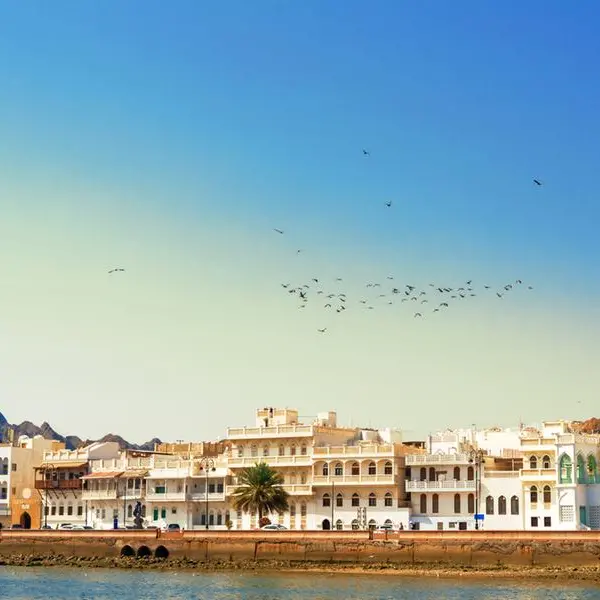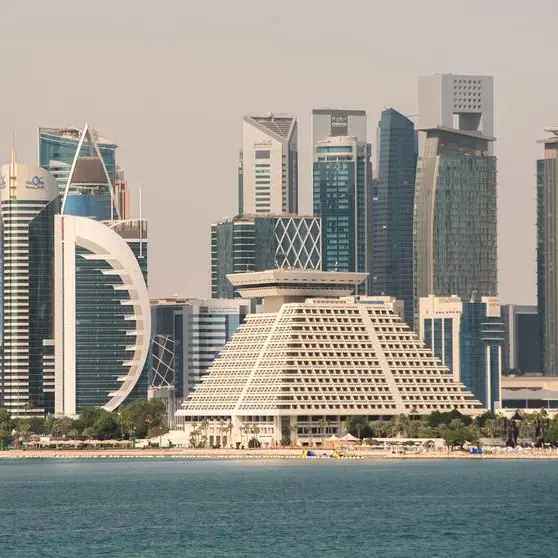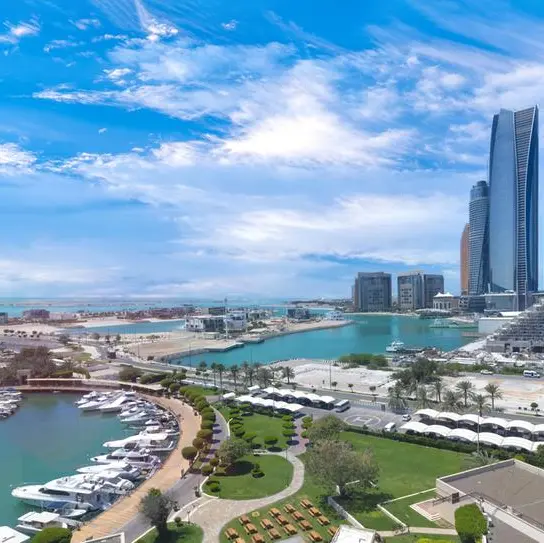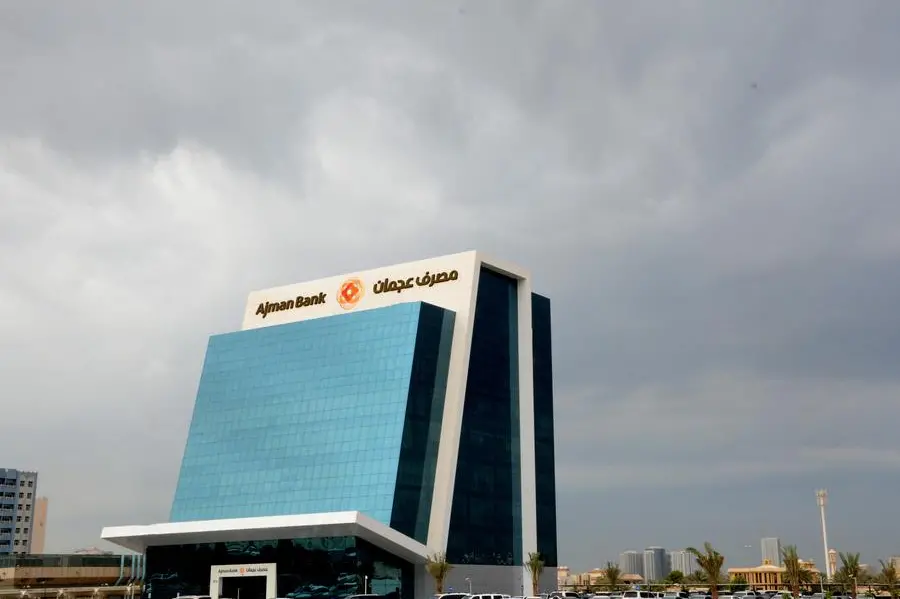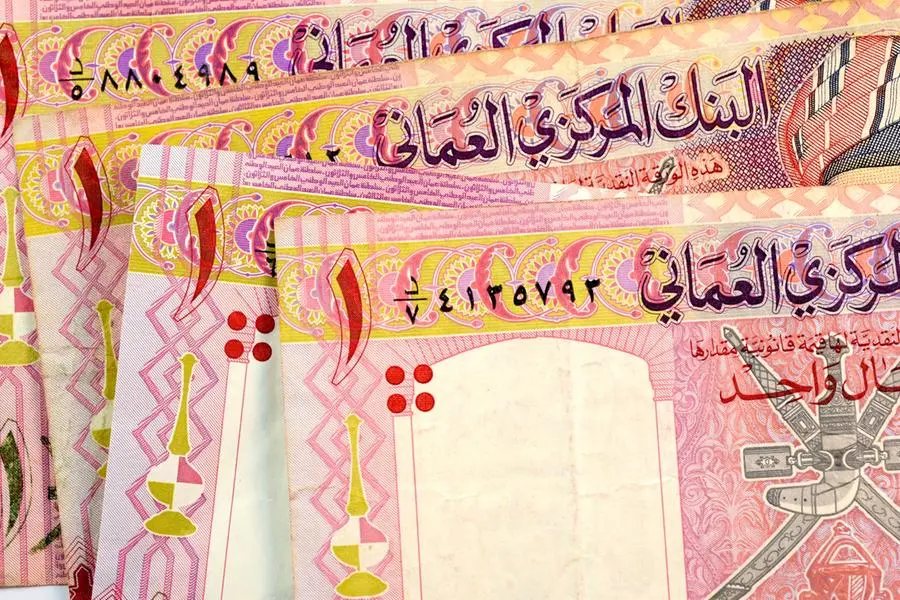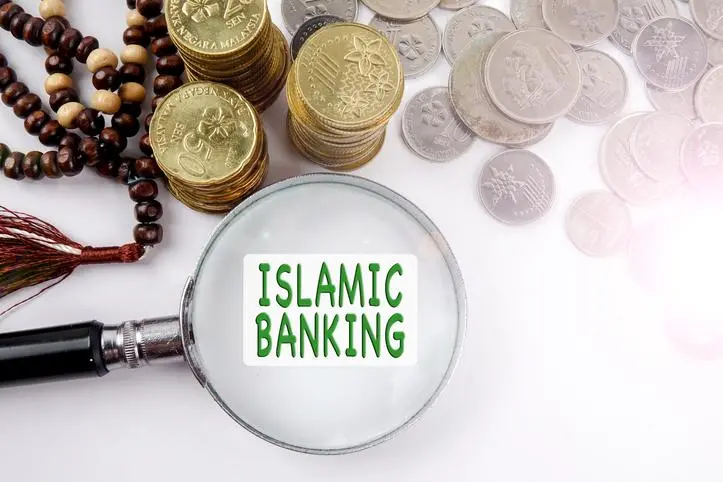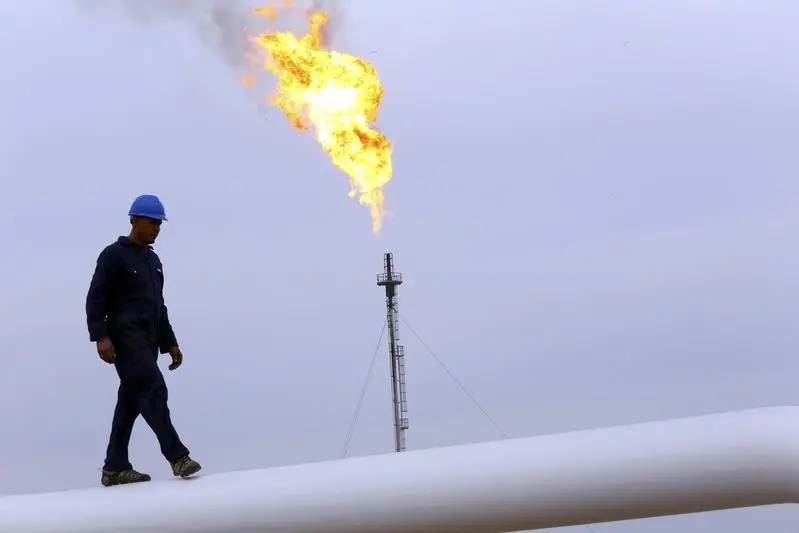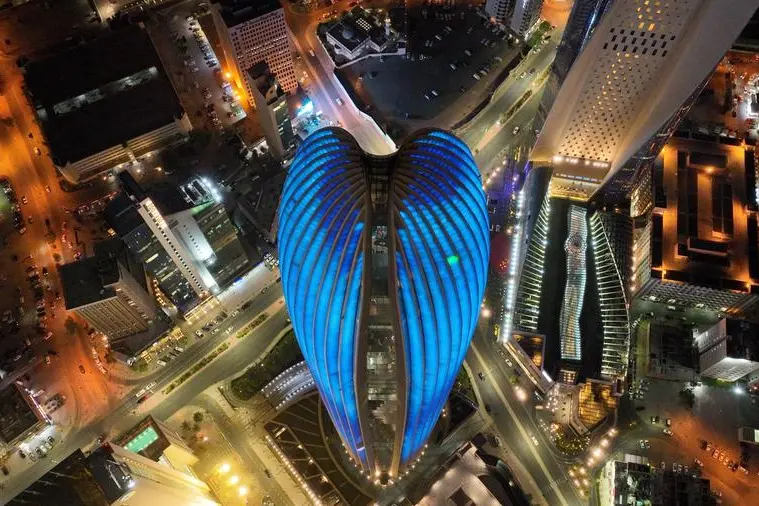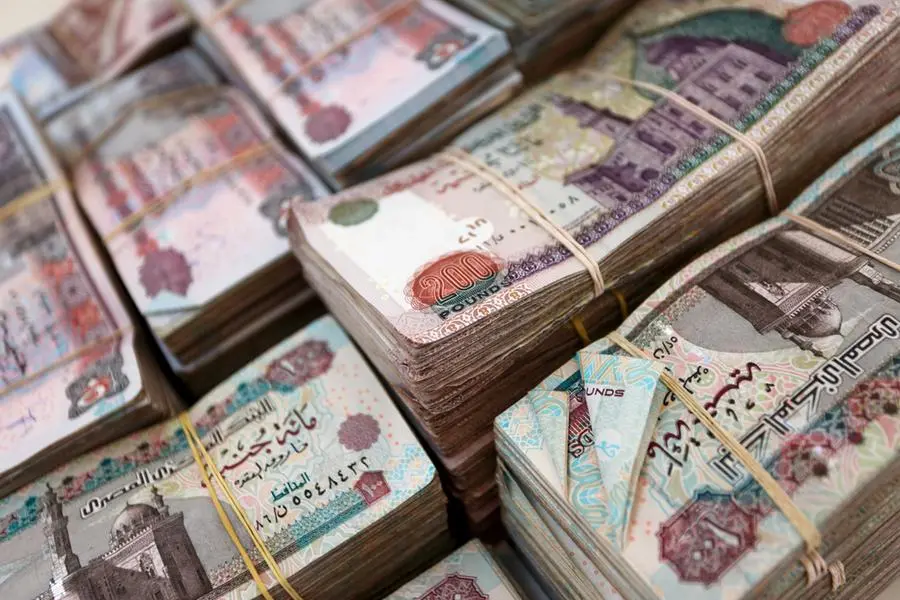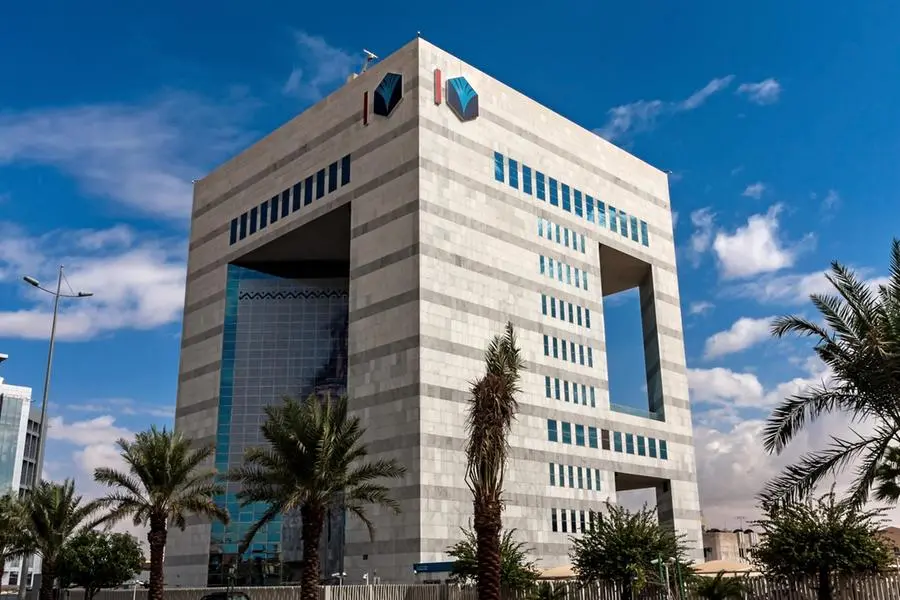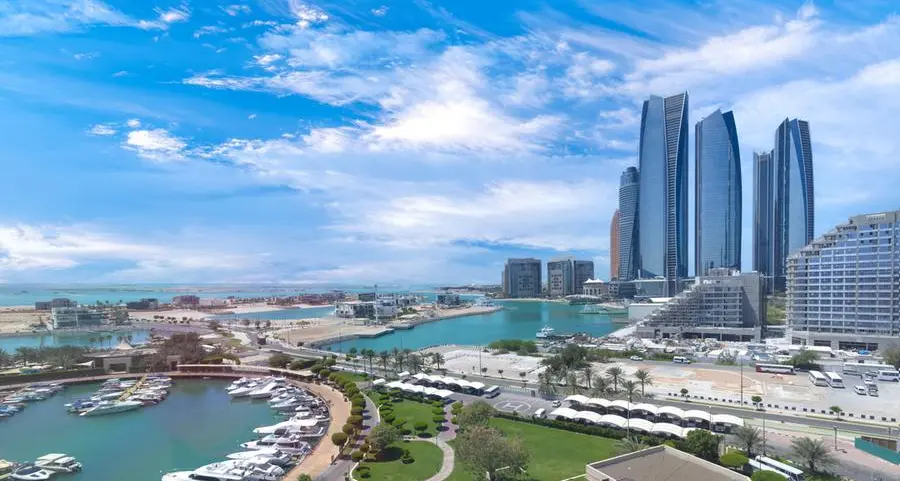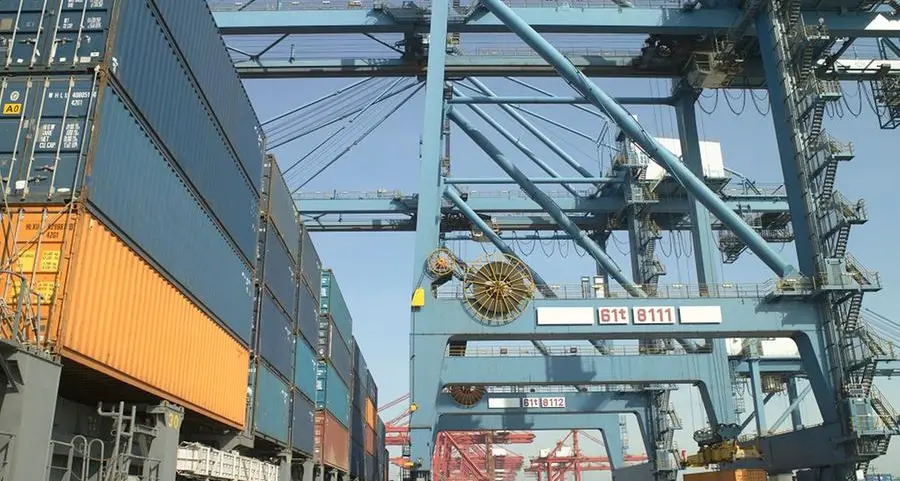PHOTO
Photo taken from Darsait beach and costal area. also Darsait is a residential locality in Muscat, the capital of the Sultanate of Oman. Image used for illustrative purpose. Getty Images
The recent announcement regarding the spending of over RO 577 million for social protection allowances in Oman signifies a strategic investment aimed at bolstering the economy and addressing socio-economic challenges.
Like many countries, Oman faces unemployment, inflation and disparities in income distribution. The government’s decision to allocate substantial funds towards social protection allowances is a response to these issues, aiming to provide financial support to vulnerable segments of society.
One of the primary effects of injecting RO 577 million into social protection allowances is the enhancement of consumer spending power.
When individuals receive financial assistance through welfare programmes, they are more likely to spend the money on essential goods and services. This increase in consumer spending can stimulate demand within the economy, leading to several positive outcomes.
As households receive additional income from social protection allowances, they are likely to purchase more goods and services. This increased demand can benefit local businesses and contribute to economic growth.
The initial increase in consumer spending can lead to a multiplier effect within the economy. Businesses experiencing higher sales may need to hire more employees or increase production, which further stimulates economic activity.
By directing funds towards social protection allowances, the government is effectively supporting local economies. Increased spending by consumers can help sustain businesses and create jobs within communities.
Investing in welfare programmes not only enhances individual well-being, but also promotes broader economic stability. Social protection allowances can help lift individuals out of poverty by providing them with necessary financial resources.
Reducing poverty levels contributes to a more stable society and decreases reliance on emergency assistance programmes.
Financial support also allows families to access better healthcare services and nutrition, leading to improved health outcomes overall. A healthier population is generally more productive and contributes positively to economic growth.
By addressing socio-economic disparities through targeted welfare programmes, the government fosters social cohesion among different segments of society. This cohesion can lead to a more harmonious environment conducive to economic development.
Oman’s commitment to expanding its social protection system through an investment of over RO 577 million demonstrates a proactive approach towards addressing socio-economic challenges faced by its population.
The anticipated influx of cash into the economy is expected to enhance consumer spending power significantly, fostering economic growth while promoting individual well-being and broader economic stability.
More than 1.5 million people have directly benefited from the Social Protection Fund (SPF) till January this year.
The Social Protection Law, which came into effect on January 1, 2024, introduced direct cash benefits for eligible segments of society through SPF to provide a comprehensive social safety net for citizens across various stages of life.
These benefits, fully funded by the state’s public treasury, cover persons with disabilities, children, the elderly, orphans and widows. Its aim is to ensure decent living standards and sustainable well-being for citizens, in alignment with Oman Vision 2040.
2022 © All right reserved for Oman Establishment for Press, Publication and Advertising (OEPPA) Provided by SyndiGate Media Inc. (Syndigate.info).


